Every year, wine offers some thing new to discover. New grape varieties or wine producers become popular. For gotten ones make comebacks. Some areas may have a great vintage flop. Entirely new nations and regions emerge on the global scene. For mortals with normal jobs and lives it’s impossible to keep up with it all.
In 2008, there were wines, regions and categories that left an impression on me. Here are my top five wine discoveries in 2008.
If you haven’t tried these specific wines, make a New Year’s resolution to check them out.

I've been following Wiemer's work for years, and the winery makes world class wines.
Argentine torrontes
For many, 2008 will go down as the year of torrontes. The white wine from Argentina has captured a lot of attention this year for its low price, perfumed fruitiness and satisfying taste falling somewhere between the extremes of stripped down pinot grigio and over-the-top sauvignon blanc. The first tor rontes to ring my bell was Tri vento 2007 Mendoza Torrontes with a creamy citrus, vanilla, and ripeness that reminded me of lemon lush dessert. But this fruit-filled wine is completely dry and easy on the budget at only $9.
Other worthwhile torrontes I’ve tried include those by Cri os and Luigi Bosca. When the weather gets warm, I’ll be drinking a lot more torrontes.
Real port
Neilsen tells us sales of port style wines and Porto are on the decline. I don’t get it. Port pro ducers – the real ones, from Portugal- do a great job mak ing high-quality wine that deliv ers on the price. Plus, port is a flavorful, sweet, higher-alcohol drink that warms you up, gives you buzz, and helps you digest big meals. Startyour port dis covery with ruby Portos. They start out at $15 and go a long way considering a port serving is about two or three ounces.
A port brand I’m growing to like is Smith Woodhouse, which is making a name for itself by making more elegant, balanced, and refined ports, rather than swaggering fruit and sugar bombs. The other big names – Cockburn, Dow’s, Graham’s – do a great job but are often indistinguishable. Smith Woodhouse stands out.
Finger Lakes Riesling
One of the best places in the world to make riesling is just to the north, the Finger Lakes. One of the best producers is Dr. Frank’s Vinifera Wine Cellars. Forget what you know about riesling as a sweet, cheap, exclu sively German wine. Try Dr. Frank’s 2007 Dry Riesling with lime, honeydew and mango flavors and mouthwatering acidity, it’s another homerun for $18.
I’ve beaten the drum for Dr. Frank’s riesling for so long, I’m hearing people are having trouble rinding it. Dr. Frank Semi-dry Riesling and the more pricey gerwürztraminer, are just as stunning. The good news is another top Finger Lakes’ riesling producer, Hermann J. Wiemer, is now available in Pennsylvania. Wiemer’s dry and semi-dry ries lings, and the gerwürztraminer are available for $17. I’ve been fol lowing Wiemer’s work for years, and the winery makes world class wines.
Value Chianti
Despite the weak dollar, somehow the price for Chianti has remained competitive. For less than $15, there’s lots of value available from this region of Italy. Chiantis are made from the sangiovese grape, and it doesn’t produce dense, jammy flavors like those of cabernet sauvignon or mer lot that many consumers gravi tate to. Like pinot noir, sangio vese makes lighter wines. Italy does a great job making these

